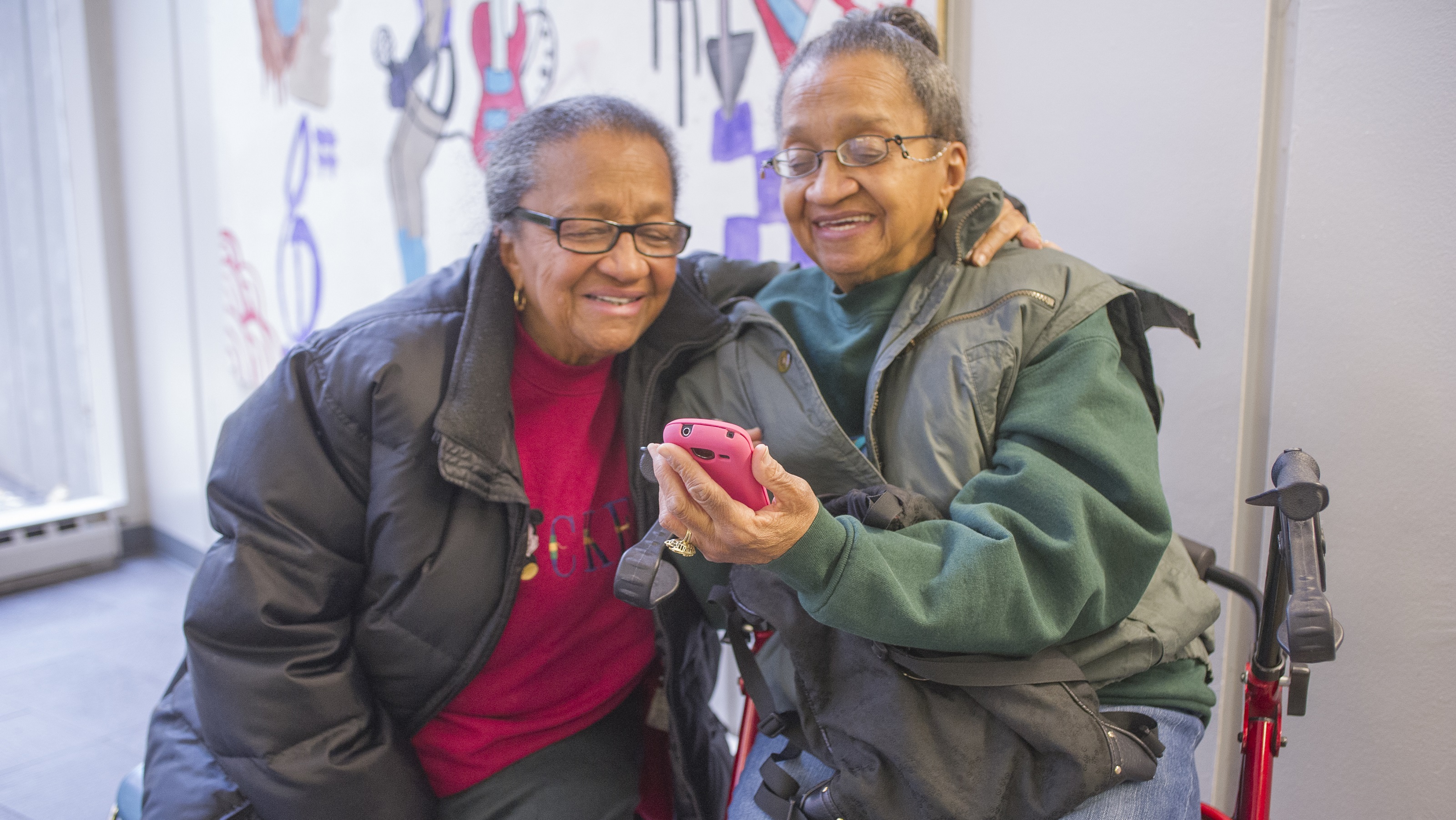Benefits: Why You Might Soon Get Texts About Your Health Insurance
The government is pilot testing a benefits service that uses text messaging to send critical service updates to those who opt in.


A new federal pilot program aims to use text messaging to send critical service updates about federal benefits to people, according to the Government Services Administration (GSA).
The digital notification service, currently known as notify.gov (formerly known as U.S. Notify), sends text messages about application deadlines, interview reminders, fraud reduction and other critical service updates to those who opt-in for the service, according to the GSA, which manages basic functions of other federal agencies. Notify.gov is designed to help state and local agencies that administer federal programs simplify processes for customers, increase communication and awareness about available programs and lessen the administrative burden, GSA said.
The service is so far being launched as a beta test in Norfolk, Virginia, Montgomery County in Maryland, as well as the states of Wisconsin and Washington.
From just $107.88 $24.99 for Kiplinger Personal Finance
Become a smarter, better informed investor. Subscribe from just $107.88 $24.99, plus get up to 4 Special Issues

Sign up for Kiplinger’s Free Newsletters
Profit and prosper with the best of expert advice on investing, taxes, retirement, personal finance and more - straight to your e-mail.
Profit and prosper with the best of expert advice - straight to your e-mail.
The program is run through GSA’s Technology Transformation Services' Public Benefits Studio, which is made up of a team of technologists that have specialized experience with government programs including Medicaid and the Supplemental Nutrition Assistance Program.
Amy Ashida, Public Benefits Studio director, said in a statement that the service could help simplify public benefit programs.
“Through these partnerships, we’ll be able to test and confirm the potential impact of Notfiy.gov,” Ashida said. “Our mission is to make it easier for agencies to reach people who participate in their programs and increase access to the benefits and resources they are eligible for.”
Reliance on snail mail
Many government agencies still use the postal service as their primary means of communicating with the public, the GSA said.
"But mail can get lost or delayed, and many people do not keep the same address," the agency said. "A missed deadline or required interview could mean a loss of health insurance only realized when at the doctor’s office, or that they cannot pay for groceries when already at the register."
Text message correspondence has emerged as a popular and effective form of communicating, the GSA said. The pilot program was built on similar programs in Canada and the U.K. that saw a 20% to 50% increase in case maintenance and cross-program enrollment when texts, emails and phone calls in addition to regular mail, it added.
Other government agencies with similar text messaging programs include Veterans Affairs, which launched VANotify in 2021.
Warnings about text messaging scams
Meanwhile, a number of government agencies have issued warnings about how to prevent various scams involving text messages. These include the Federal Communications Commission (FCC), which issued a consumer alert earlier this year about the rising threat of so-called "robotext" scams — or text messages from senders trying to get you to engage with them by, for example, using fear and anxiety to prompt you to take action.
To protect yourself against such scams, the FCC advises that you not respond to suspicious texts even if the message requests that you "text STOP" to end messages, and to not click on any links. For a list of other proactive steps you can take, visit the FCC alert page.
Profit and prosper with the best of Kiplinger's advice on investing, taxes, retirement, personal finance and much more. Delivered daily. Enter your email in the box and click Sign Me Up.

Jamie Feldman is a journalist, essayist and content creator. After building a byline as a lifestyle editor for HuffPost, her articles and editorials have since appeared in Cosmopolitan, Betches, Nylon, Bustle, Parade, and Well+Good. Her journey out of credit card debt, which she chronicles on TikTok, has amassed a loyal social media following. Her story has been featured in Fortune, Business Insider and on The Today Show, NBC Nightly News, CBS News, and NPR. She is currently producing a podcast on the same topic and living in Brooklyn, New York.
-
 Gold and Silver Shine as Stocks Chop: Stock Market Today
Gold and Silver Shine as Stocks Chop: Stock Market TodayStocks struggled in Friday's low-volume session, but the losses weren't enough to put the Santa Claus Rally at risk.
-
 Don't Wait Until January: Your Year-End Health Checklist to Kickstart 2026
Don't Wait Until January: Your Year-End Health Checklist to Kickstart 2026Skip the fleeting resolutions and start the new year with a proactive plan to optimize your longevity, cognitive health, and social vitality.
-
 Premium Rewards Cards: More Perks, Higher Fees
Premium Rewards Cards: More Perks, Higher FeesSome issuers are hiking the annual fee on their flagship luxury credit cards by hundreds of dollars. Are they still worth using?
-
 What’s the New 2026 Estate Tax Exemption Amount?
What’s the New 2026 Estate Tax Exemption Amount?Estate Tax The IRS just increased the exemption as we enter into a promising tax year for estates and inheritances.
-
 About 40% of Heirs Say They Can’t Afford an Inherited Home
About 40% of Heirs Say They Can’t Afford an Inherited HomeEstate Planning The ‘Great Wealth Transfer’ may not help with high property taxes, soaring homeownership costs, and liquidity issues in 2025.
-
 Texas Sales Tax-Free Weekend 2025
Texas Sales Tax-Free Weekend 2025Tax Holiday Here's what you needed to know about the Texas sales tax holiday.
-
 Florida Back-to-School Tax-Free Holiday 2025
Florida Back-to-School Tax-Free Holiday 2025Sales Taxes The new tax-free holiday in Florida brought month-long savings on computers, clothing and other school supplies.
-
 Visa, Mastercard's Swipe Fee Settlement Might Save You Money, For Now
Visa, Mastercard's Swipe Fee Settlement Might Save You Money, For NowThe limited-time agreement directly benefits merchants, which can potentially pass savings on to consumers.
-
 New List Out On Medicare Part B Drugs Eligible for Rebates
New List Out On Medicare Part B Drugs Eligible for RebatesSome Medicare beneficiaries may pay lower coinsurance rates from April 1 to June 30 for the drugs, HHS says.
-
 Use An iPhone? You May Be Hearing From A Class-Action Lawsuit Group
Use An iPhone? You May Be Hearing From A Class-Action Lawsuit GroupA handful of suits against the iPhone maker seek to crack down on everything from app store purchases to messaging.
-
 Capital One/Discover: What's In Their Wallet For You?
Capital One/Discover: What's In Their Wallet For You?Push back on Capital One's planned merger with Discover is growing with one group of consumer advocates calling for a public hearing.